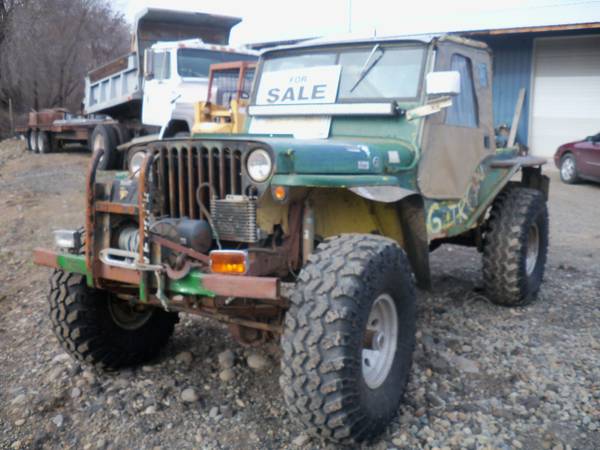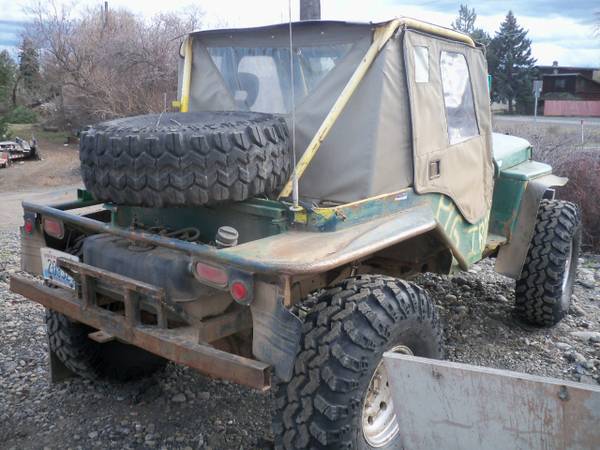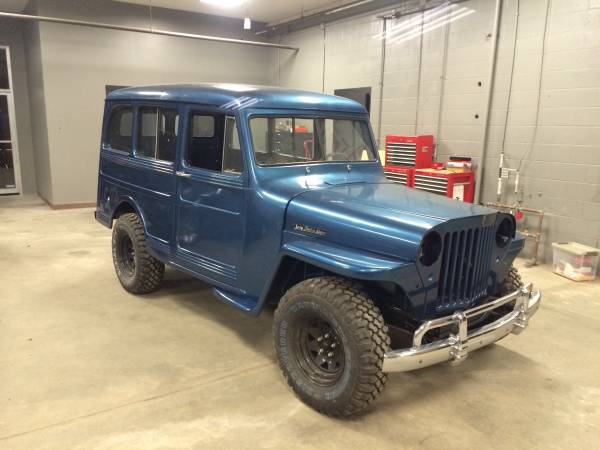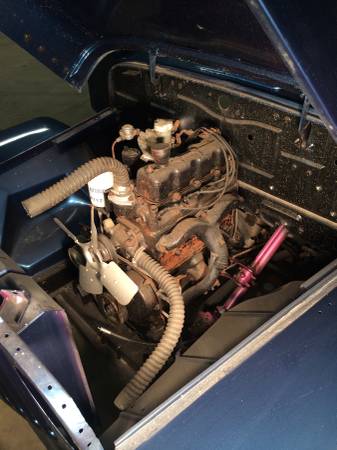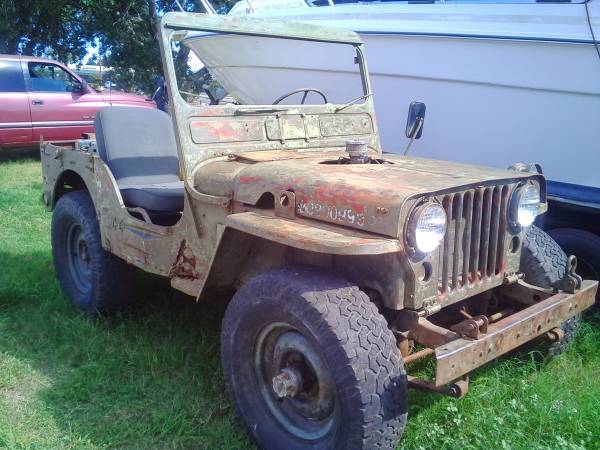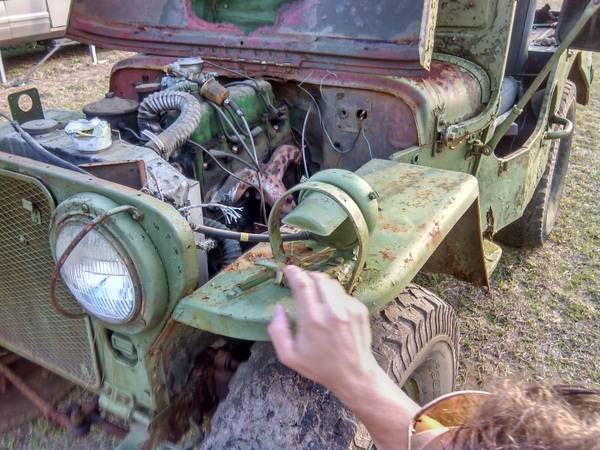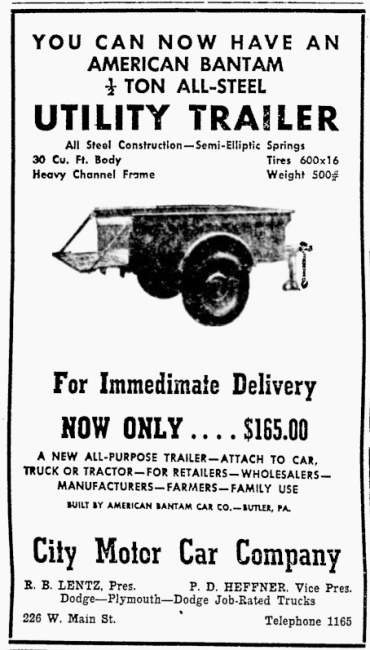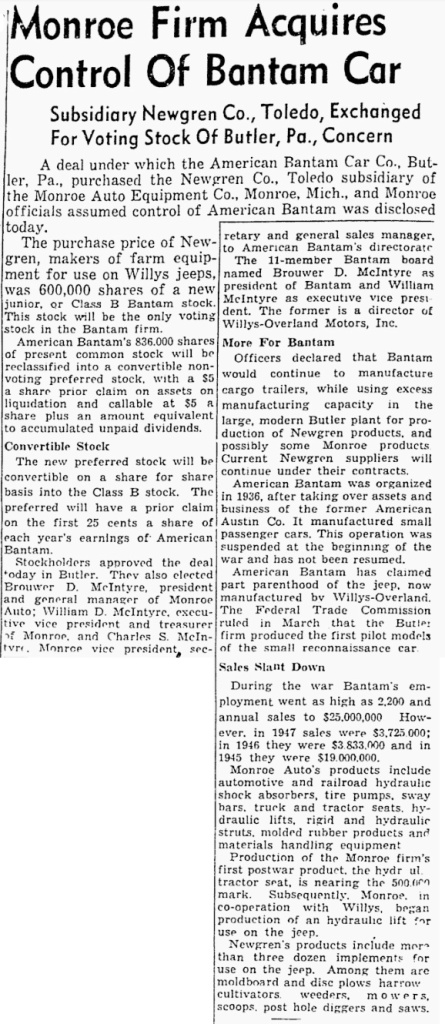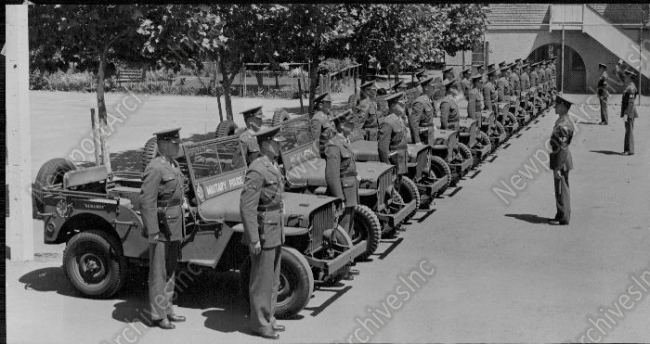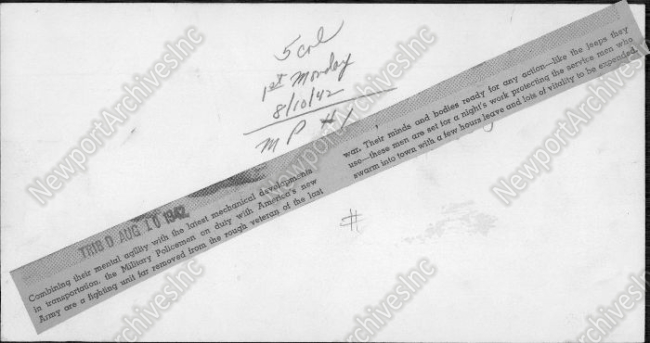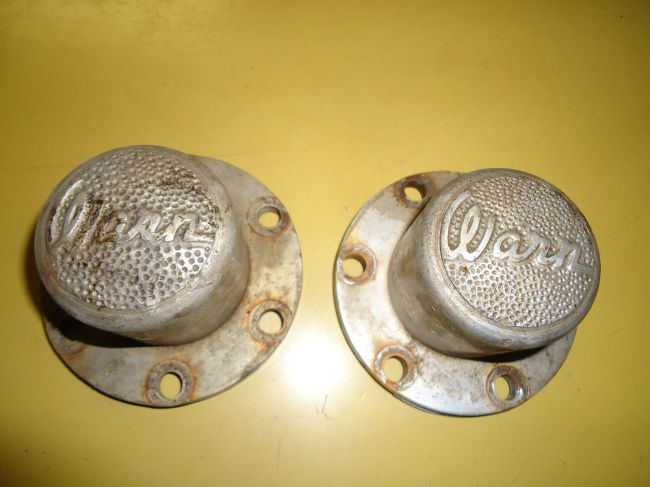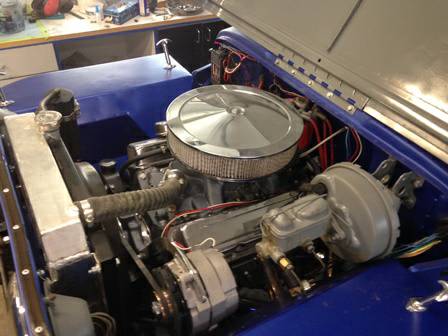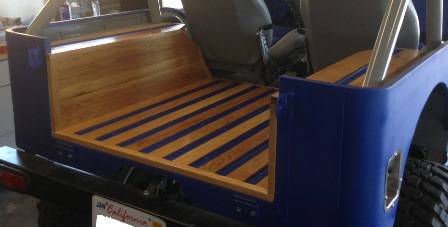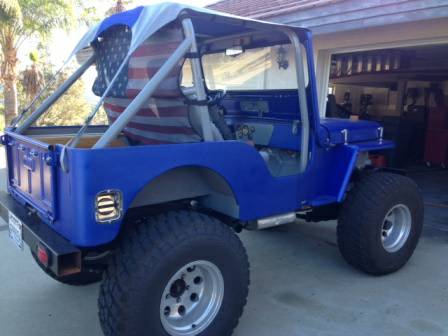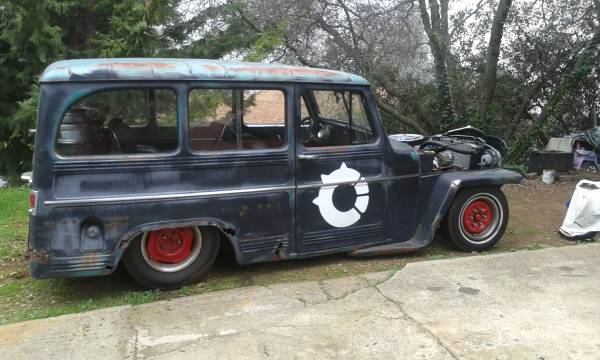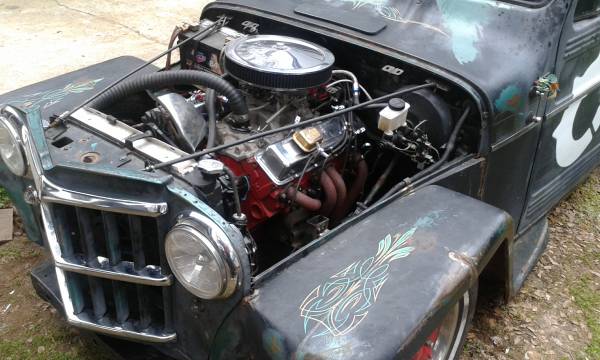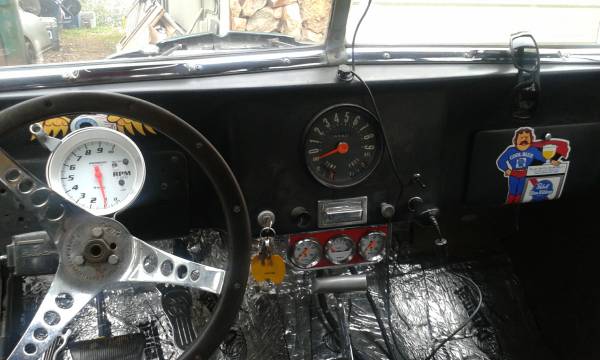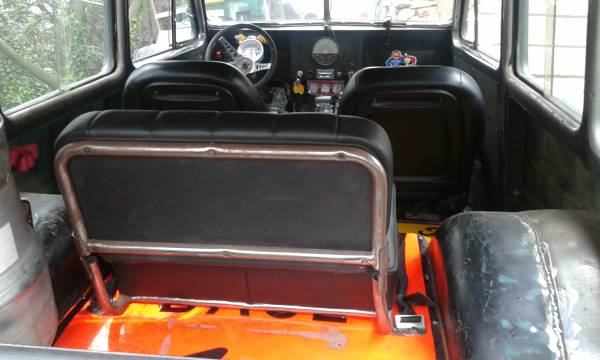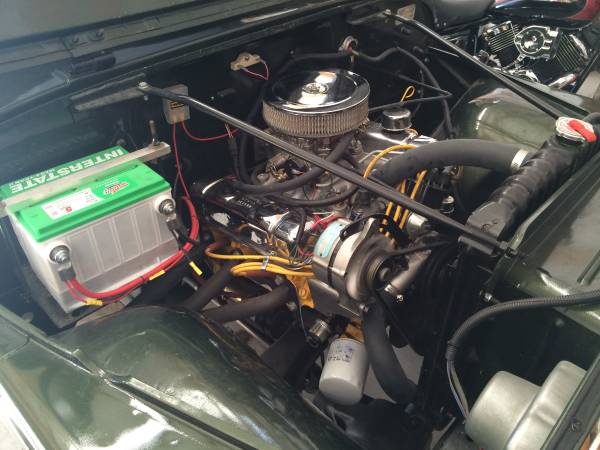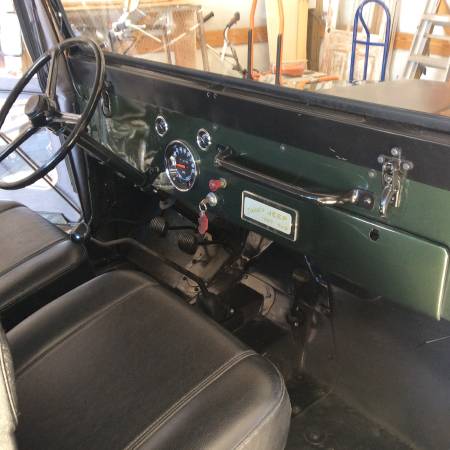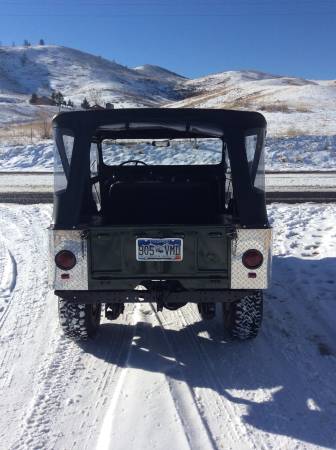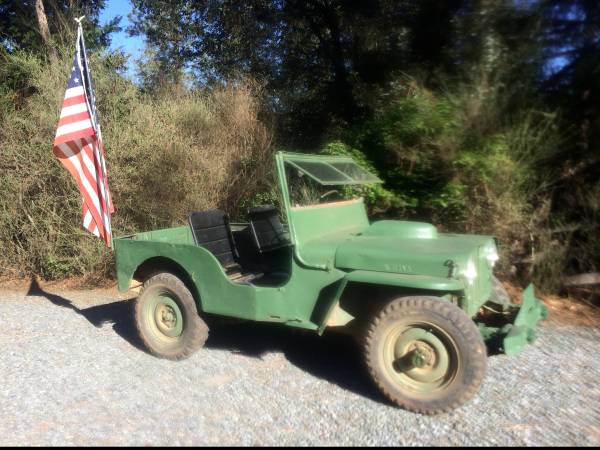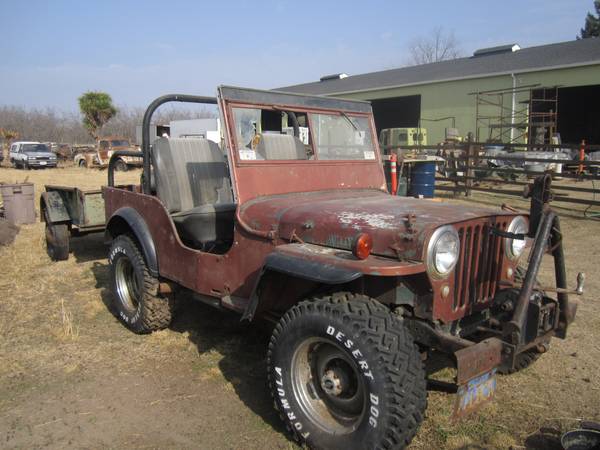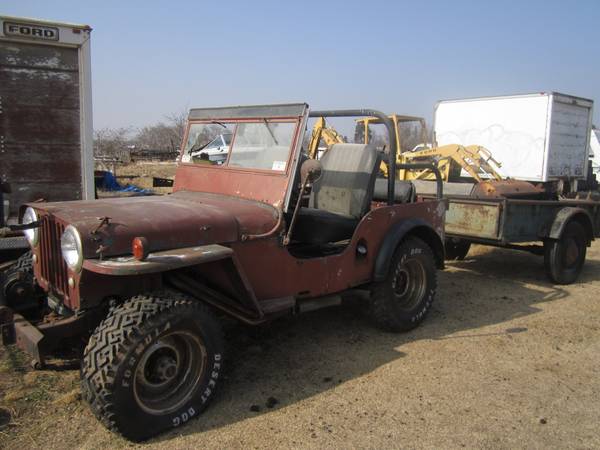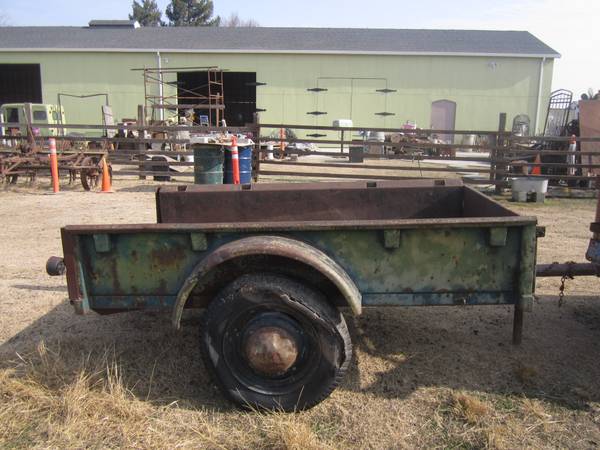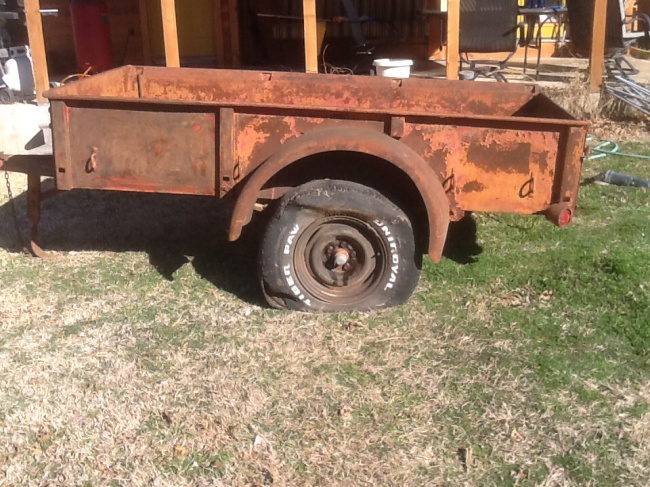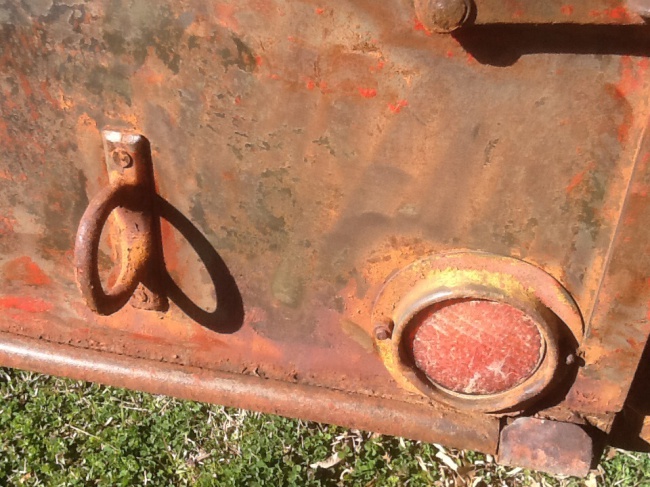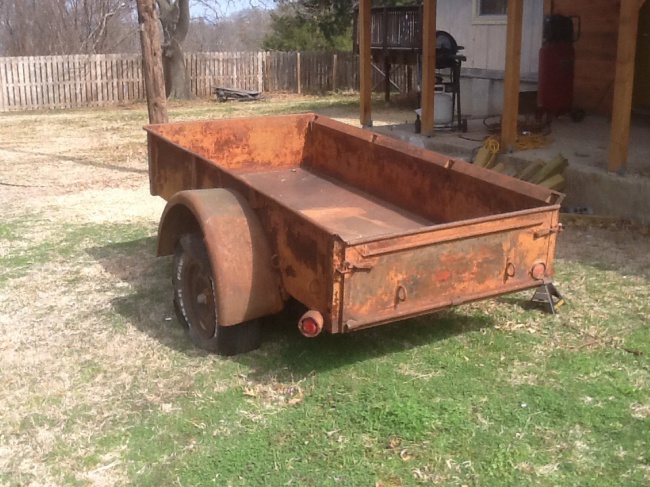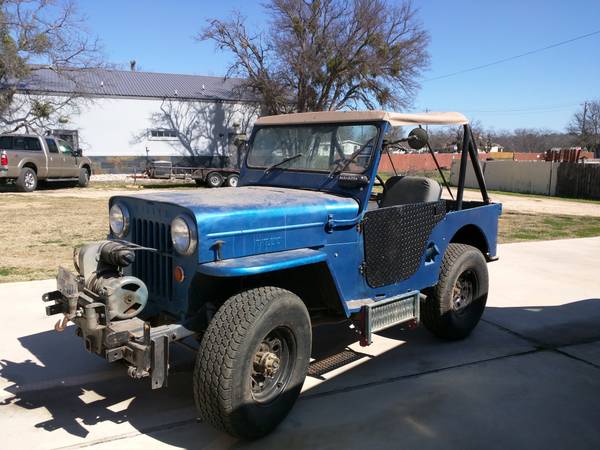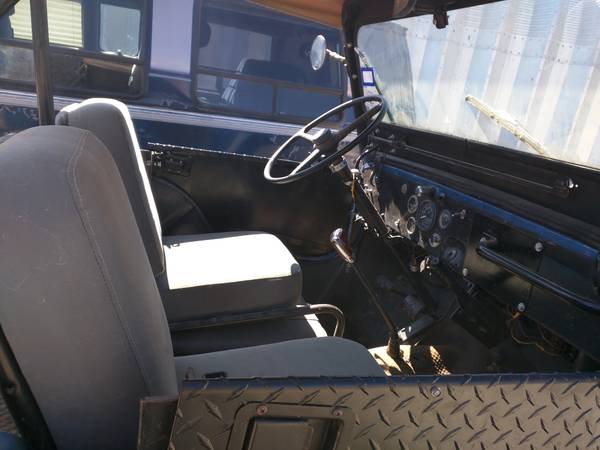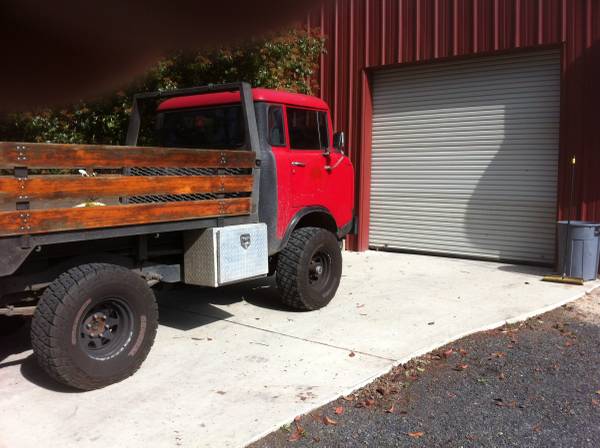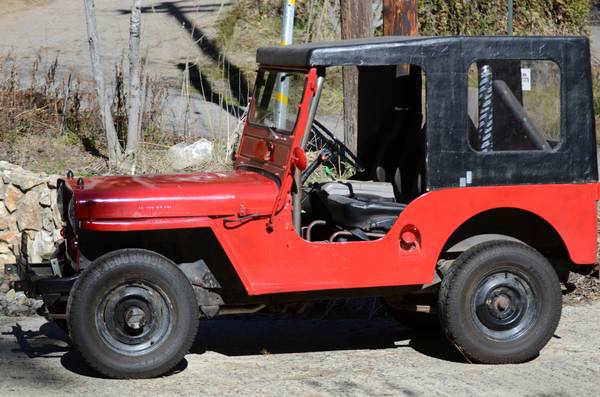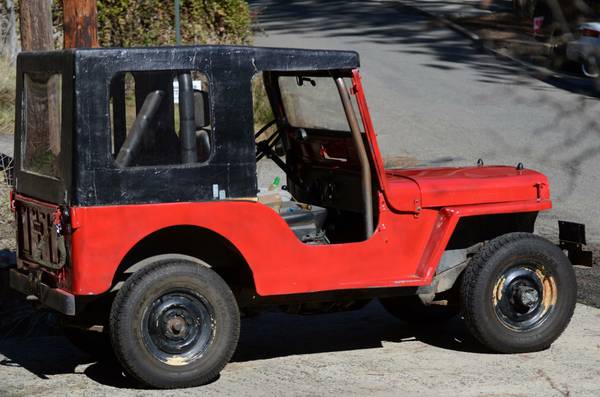Ted Jordan forwarded me the following photos of a rare American Bantam plow with serial plate he just acquired. He also forwarded several emails about the plow and Barry Thomas’ efforts to learn more about it. I’m sure Barry will continue to dig into this issue. You can follow his efforts at http://farmjeep.com & his farm jeep blog.
That got me doing my own research. There’s an interesting interrelationship between the Monroe Auto, Newgren and American Bantam companies. I’m sure some of you have information you can add to this, but for now the history below is what I managed to cobble together.
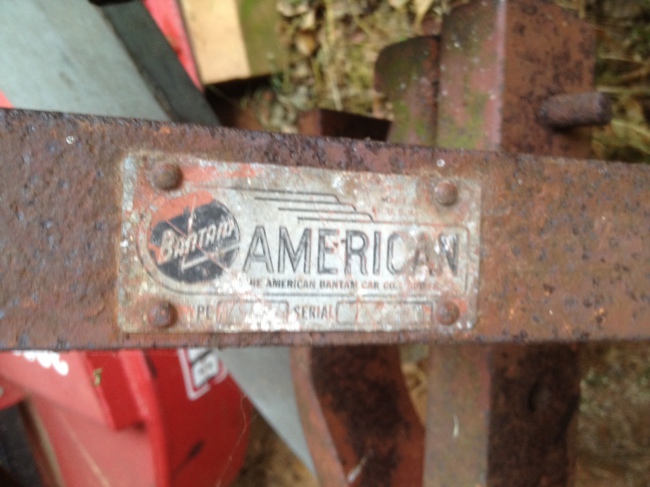
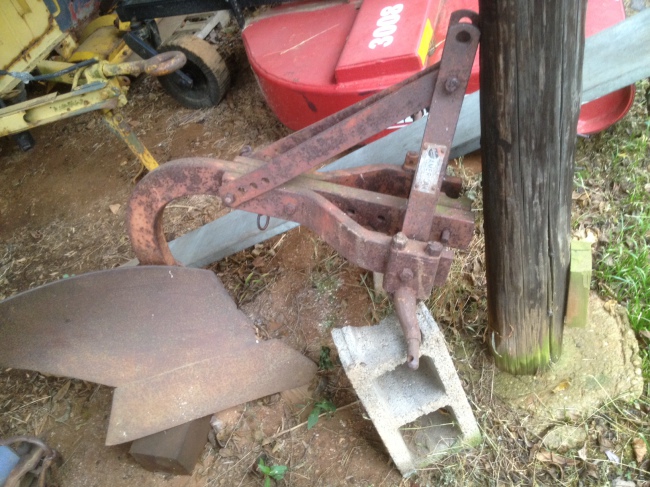

Monroe Auto Parts senior project engineer Ivan N. Schatzka helped the company develop a hydraulic lift in 1946. In the same year the Newgren Company became the distributor of the Love hydraulic lift, developed by J. B. Love. At some point Monroe Auto acquired the Newgren company (and discontinued the Love Hydraulic lift in favor of the Monroe lift?). By 1948 Newgren was advertising that its implements were operated in conjunction with the Monroe lift.
Meanwhile, American Bantam was struggling. During WWII American Bantam had annual sales around $25 million. In 1945 that amount dropped to $19 million. In a failed attempt to shift course and sell post-war civilian trailers, American Bantam sales plunged to $3.8 million in 1946 and further to $3.7 million in 1947. Unable to meet dividends, American Bantam struggled, and may have been close to shutting its doors.
For reasons that aren’t quite clear to me, on July 5, 1948, Monroe Auto Parts offered American Bantam directors a proposal. Monroe wanted to sell the Newgren Company to American Bantam. In exchange, the MacIntyre brothers, who led the Monroe Company, would take over American Bantam. Thus, Monroe was divesting itself of the Newgren company, but maintaining control of Newgren by gaining control of its new parent company, American Bantam. All of the common stock in American Bantam would become non-voting preferred stock. In exchange for the Newgren Company, American Bantam would pay the Monroe Company $600,000 in a new class of stock.
My theory is that Monroe’s management was not optimistic about the future of jeep implements, but were bullish on the auto part industry in general. Fearing Newgren could become a drag, due to its focus on jeep parts, they moved it to American Bantam. This put the Monroe company on a path to focus on the auto parts industry, yet allowed them to maintain control of Newgren by selling it to American Bantam.
Continue reading →

